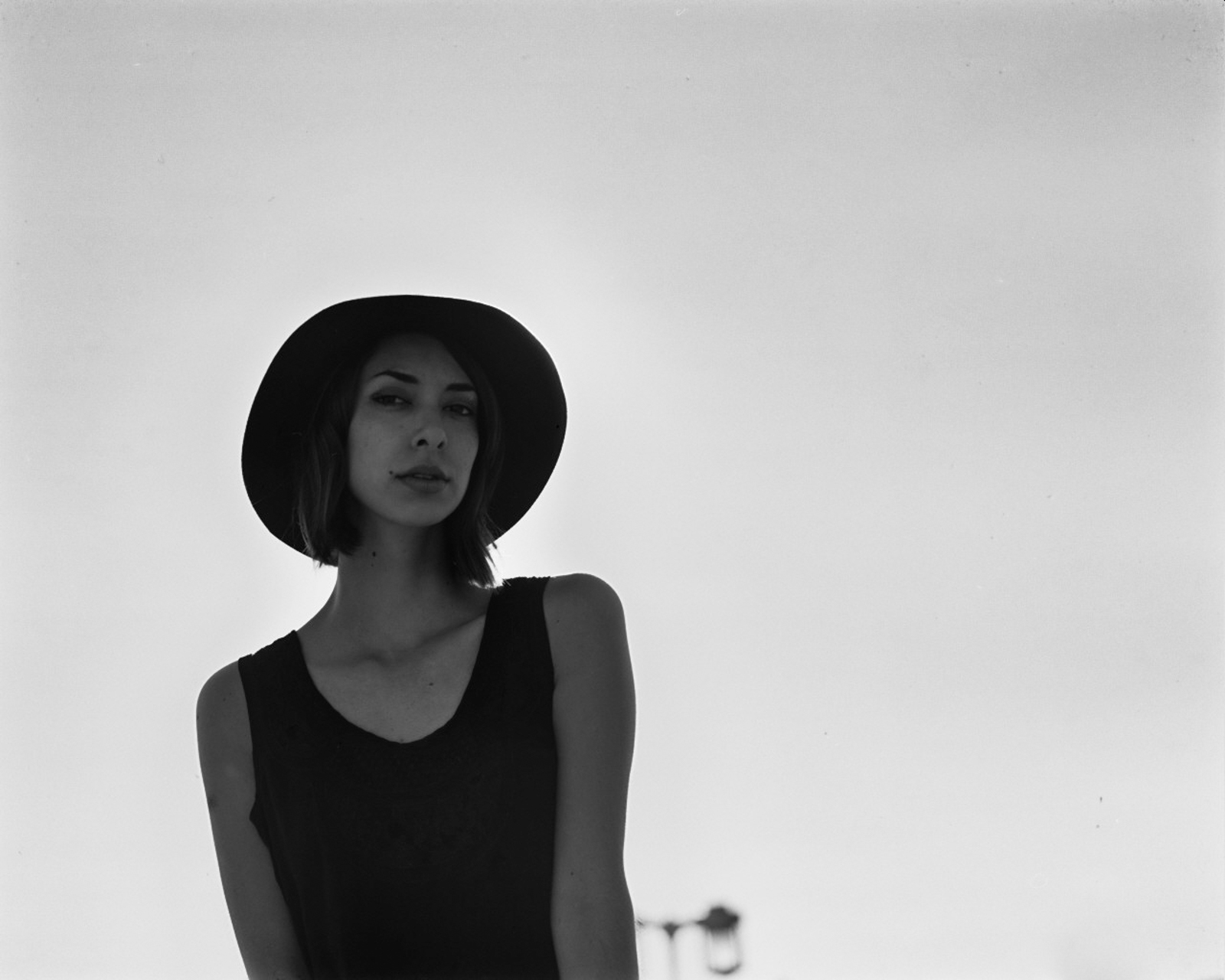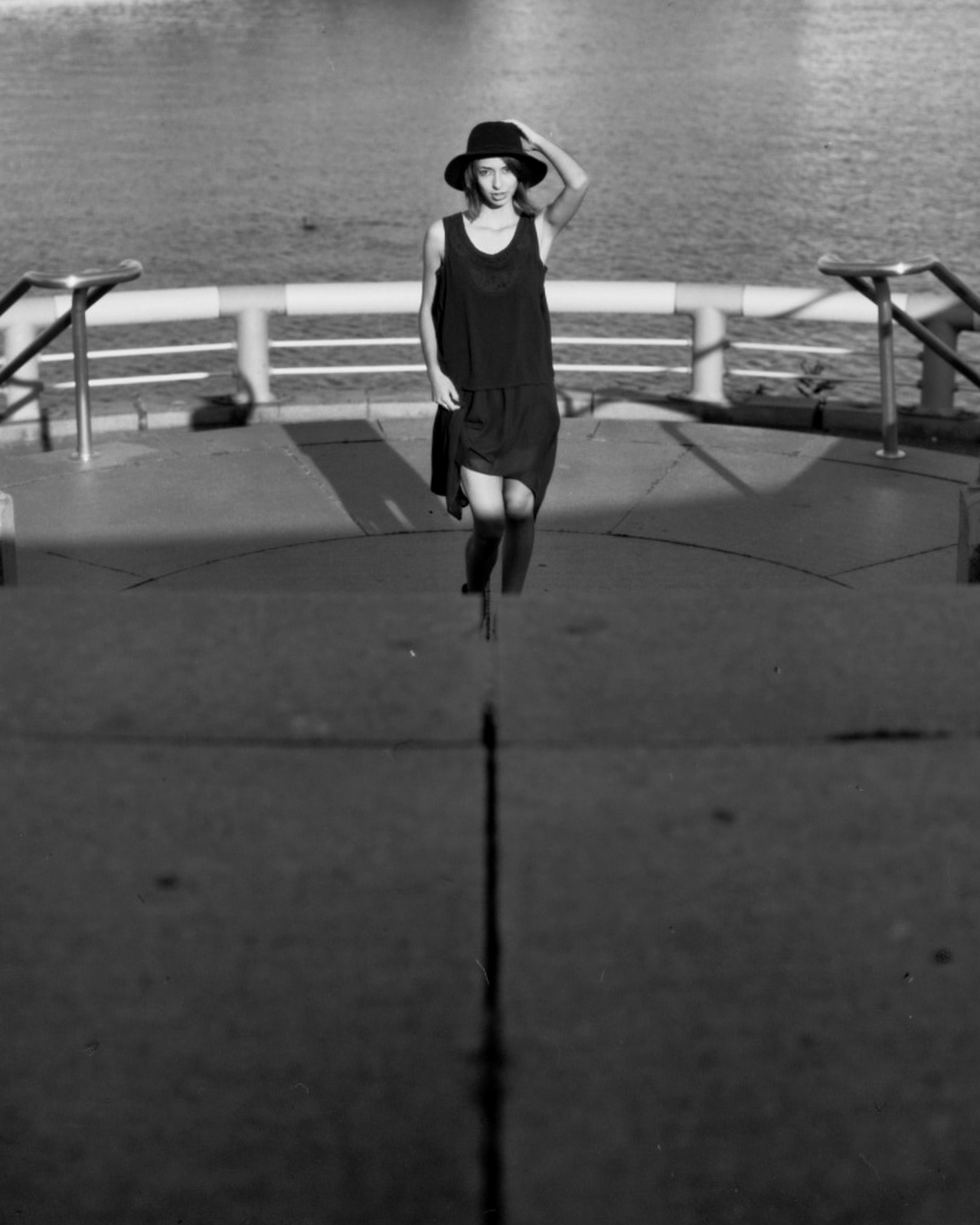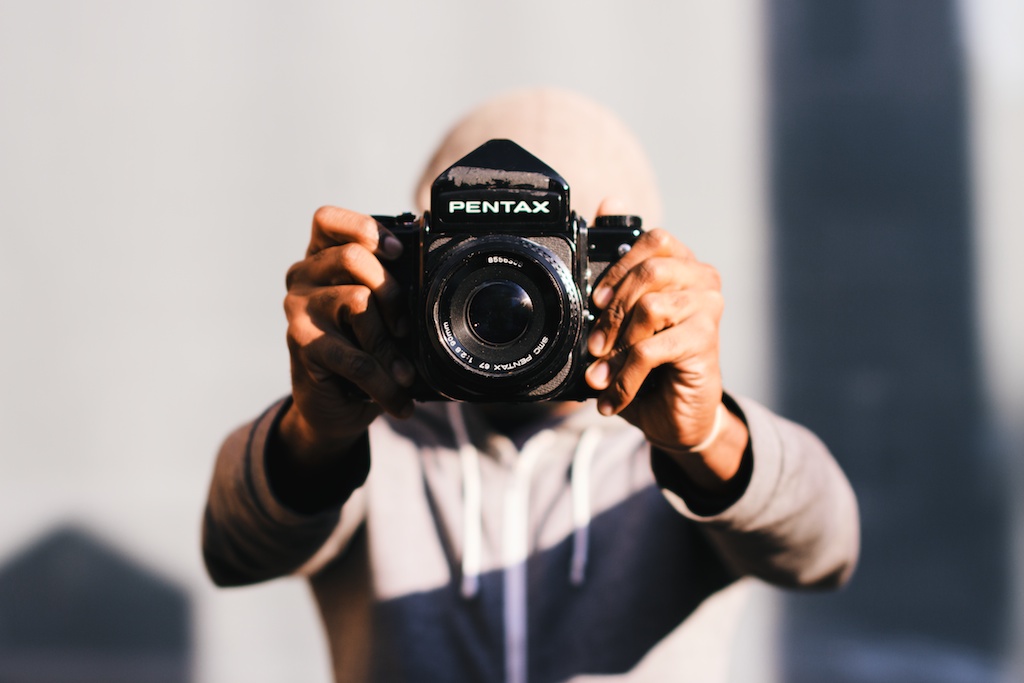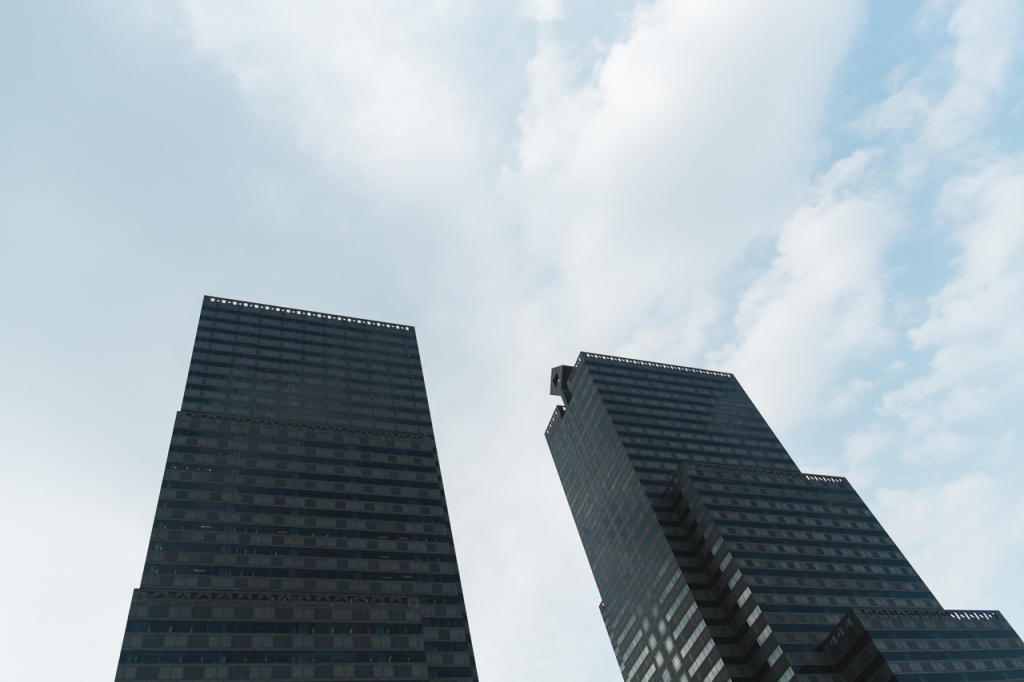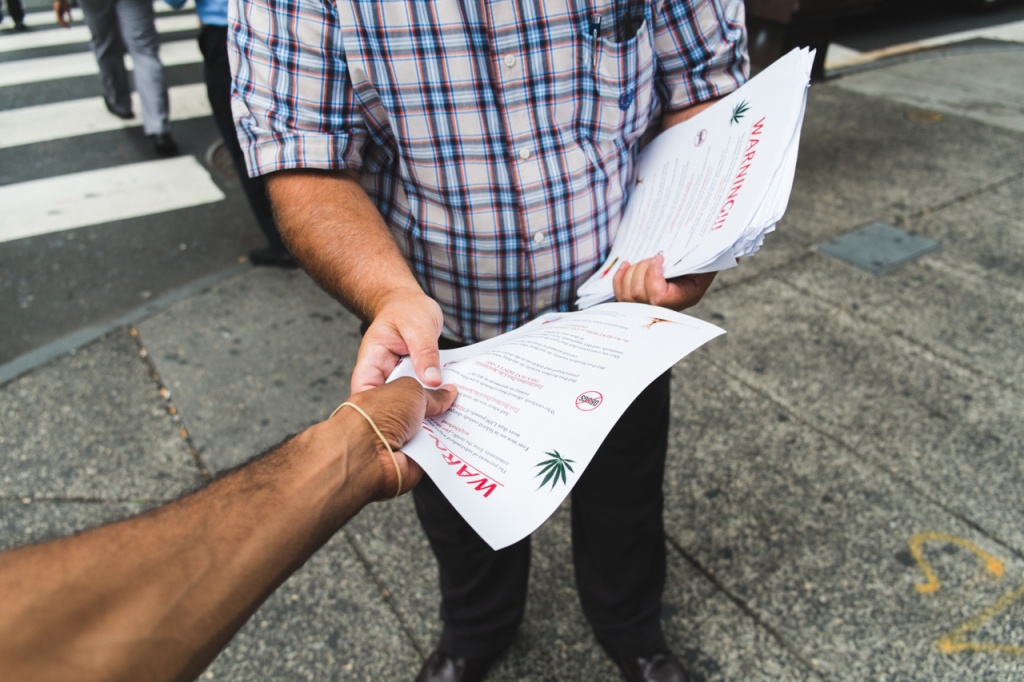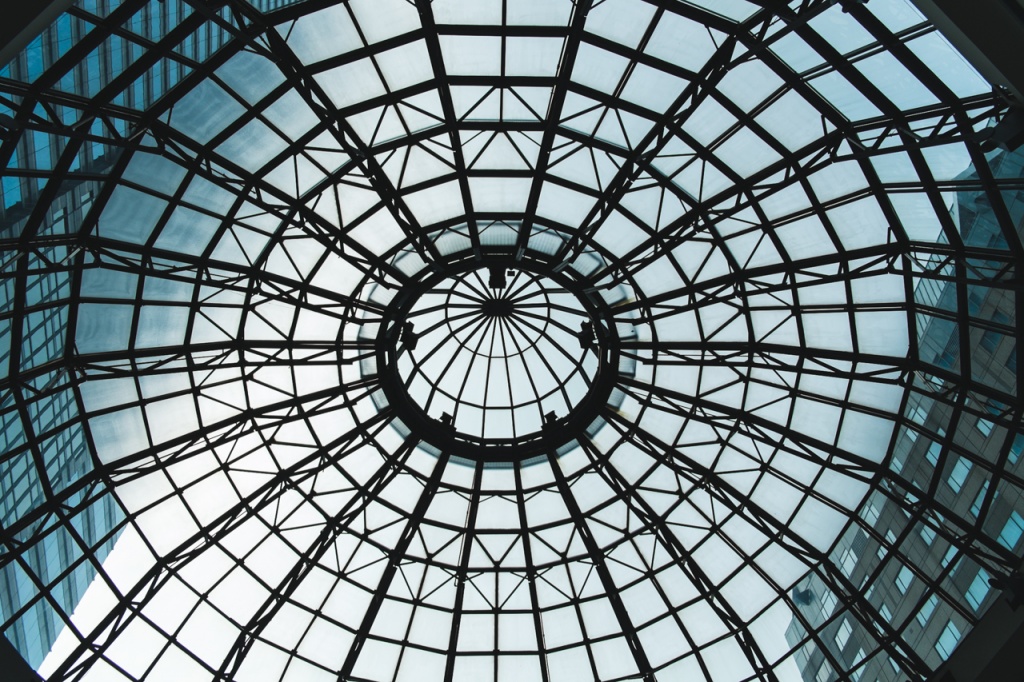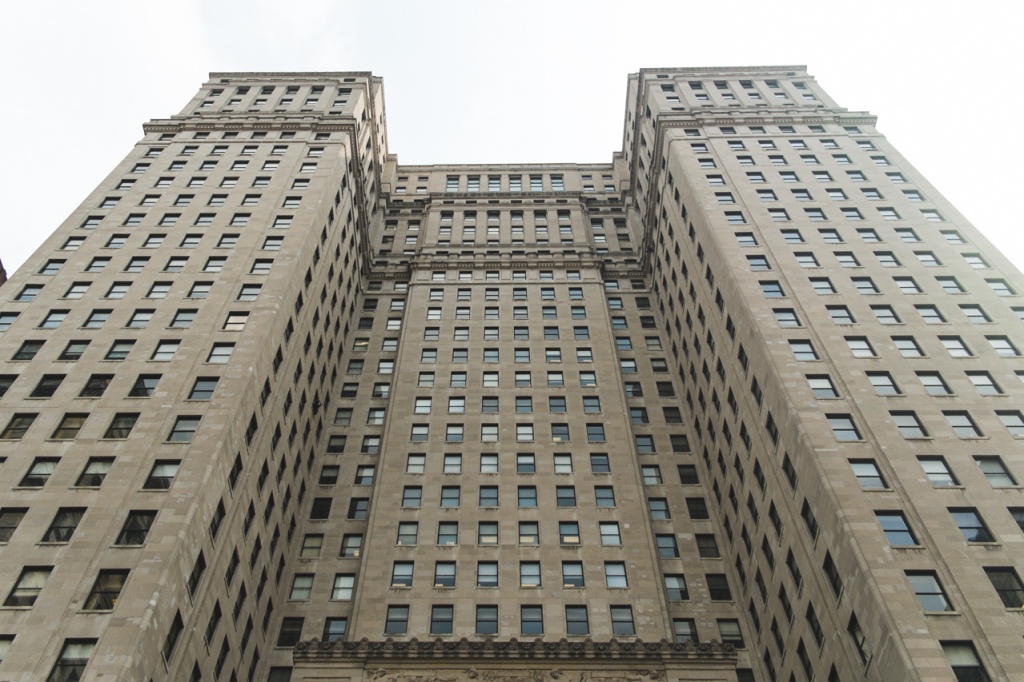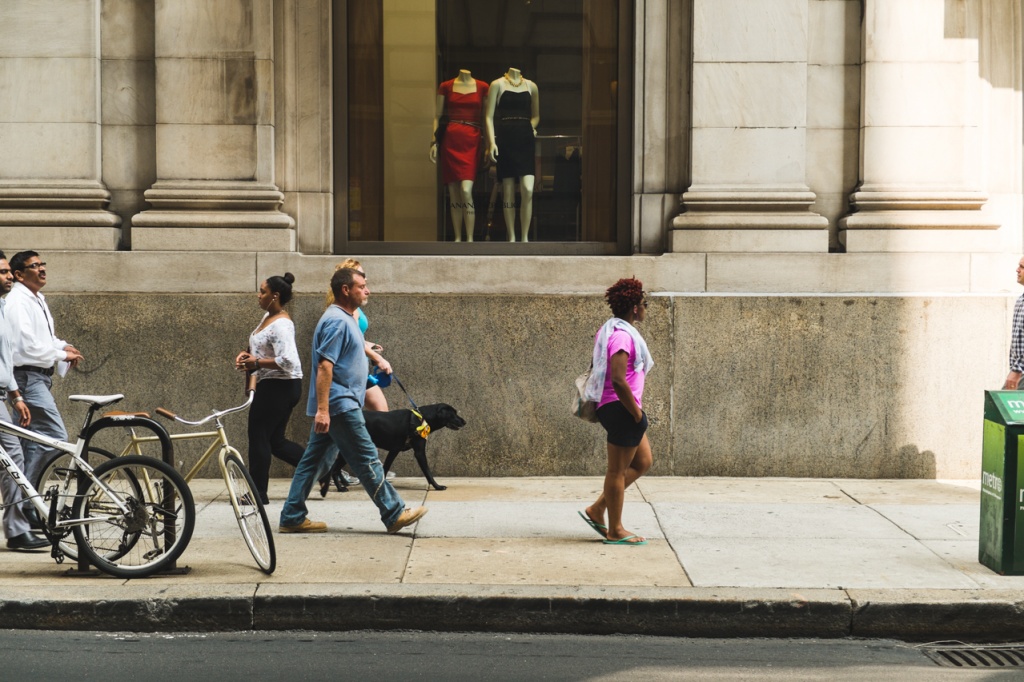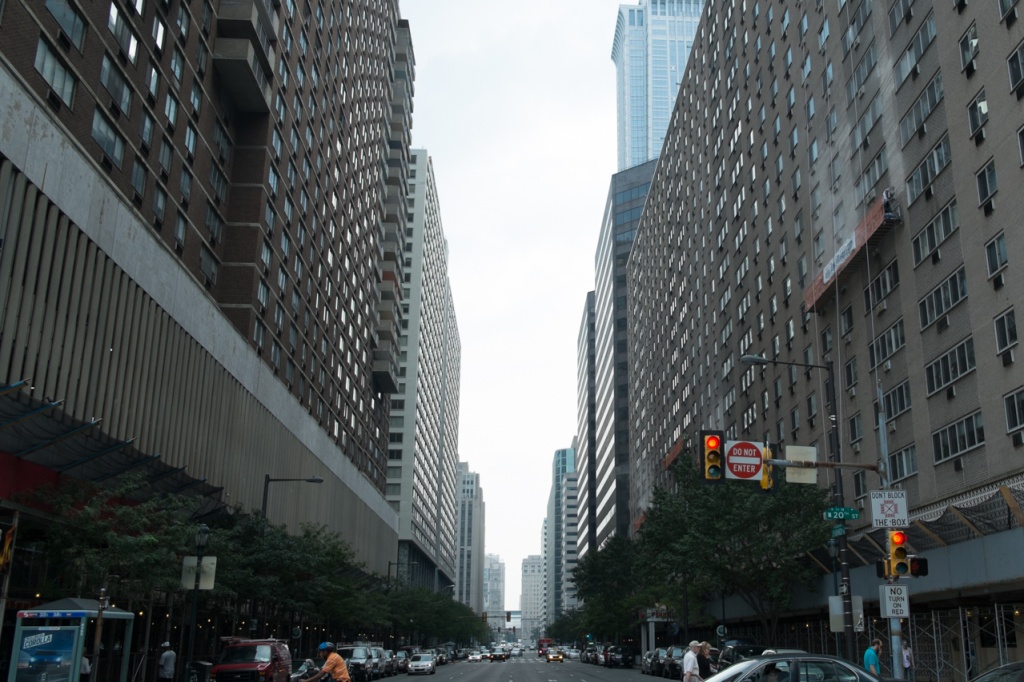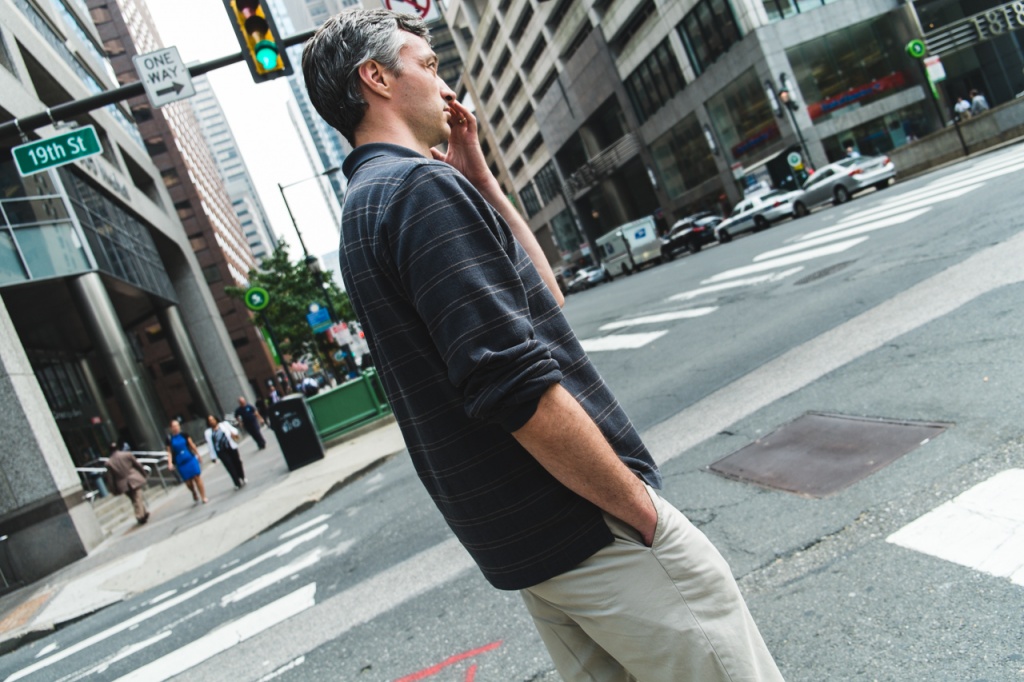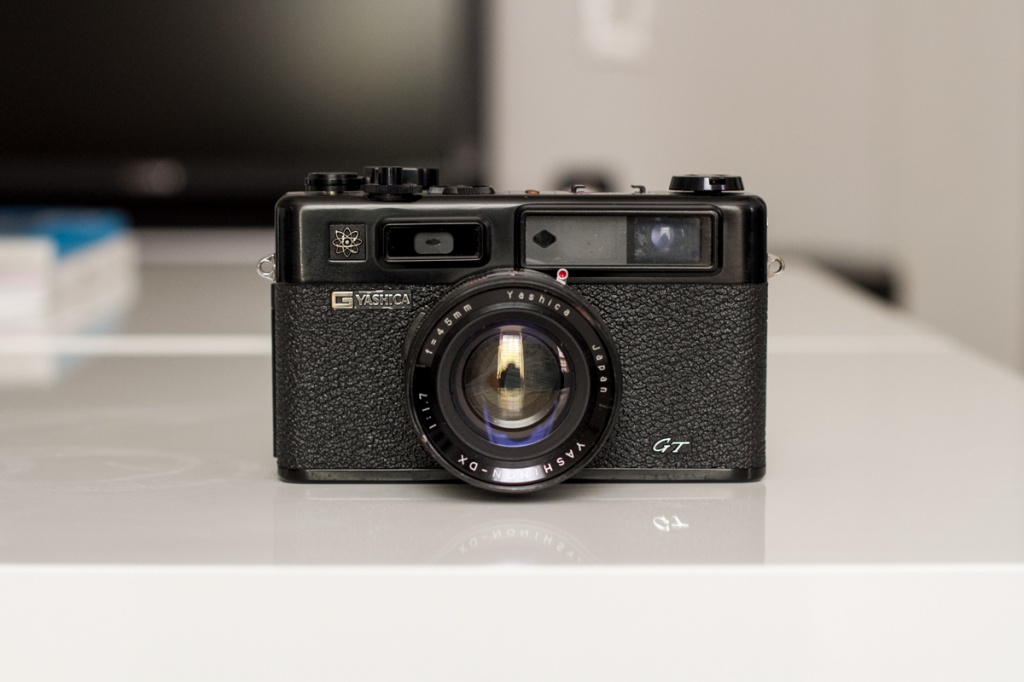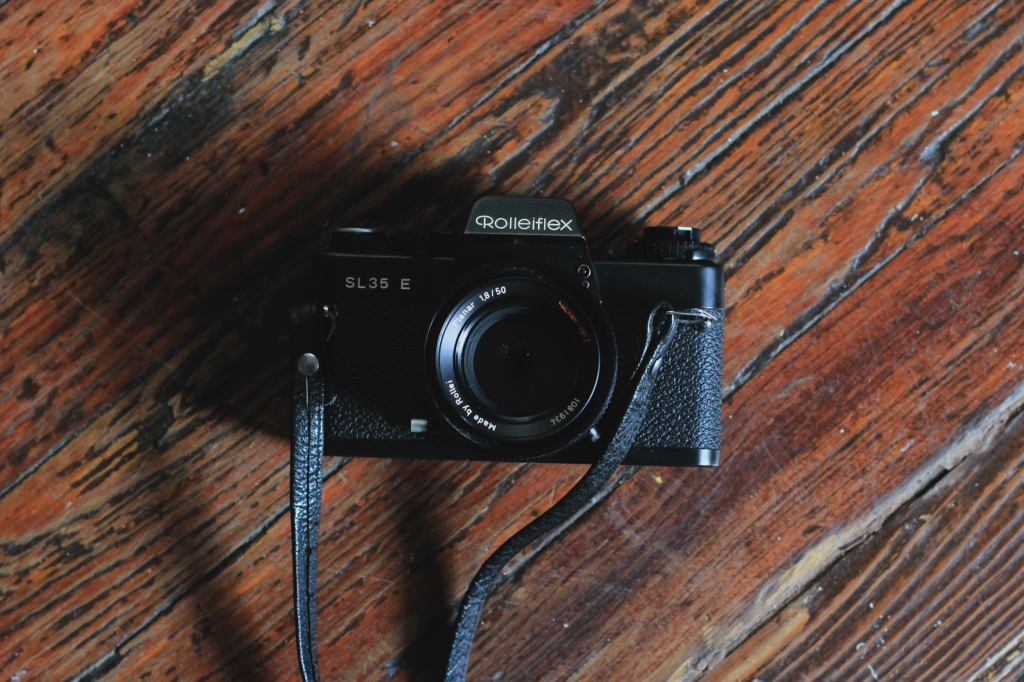Over the past few months, much of my focus has been devoted to trying new things, shooting things that are actually of interest to me, and through those experiments, building a portfolio worth showing to potential clients. As much as I love photography and working with images before, during and after the actual shoot, I’m still very new to the idea of actually being a photographer in the proper sense, and so there’s a lot of guesswork at play in finding out my voice, shooting style, preferences, etc. I’m a gear head for sure, but a large portion of the reality behind my constant GAS (gear acquisition syndrome) is that I’m looking for the right pieces that compliment my nature the best, and help me to produce the images I want to produce. Every step is like a small but integral piece to a very large, unending puzzle.
Most recently, I’ve been spending time organizing shoots with models. This is very new for me and I’m not completely in a comfort-zone with the ask, so it’s been a slow-go, but this part of the process is a skill set I have to get in my pocket.
Along those lines, I took the new Pentax 67 (along with my EOS3 and 7D) out to Penn’s Landing last weekend and had a quick shoot with Rebecca, a model I made contact with on Model Mayhem.
The Pentax, in my opinion, handles great. It is definitely heavy+huge, definitely old school, but it’s a great camera with its own charm and quirks - and the negatives it produces are just beautiful. The copy I own came with a non-metered prism, so I had to use a separate meter (a Sekonic L-318B cine light meter that works in shutter priority mode only) and pray. Most of the shots came out beautifully. These are low-res scans and even at the low-res, you can see how sharp the 90mm 2.8 lens is. I also love the small depth of field; I didn’t shoot wider than ƒ5.6 (it was extremely sunny, I typically shot at ƒ8 and above).
I’m going to commit to this camera for most of my personal work going forward, and keep the 7D and EOS3 handy as backups.
I enjoyed shooting the black & white, especially Ilford's awesome Delta 100, but now I'm really excited to see how the lens reproduces color, so I got my hands on a pro pack of Kodak Portra 400 that I'm going to try to blaze through.
'Til then!
